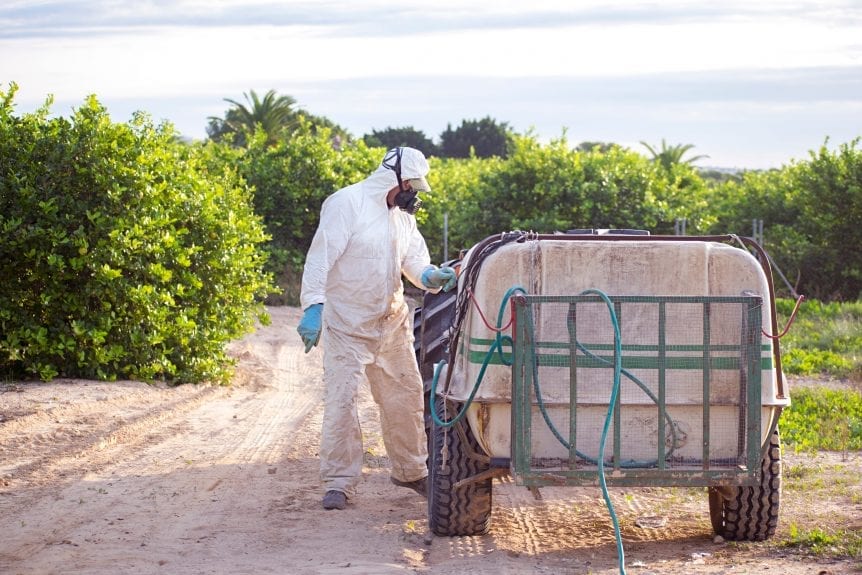The recent budget proposal from Governor Gavin Newsom has raised concern among industry members in relation to mill assessments. California currently assesses a fee of 21 mills, or 2.1 cents per dollar of pesticide sales. Governor Newsom has proposed to significantly overhaul the system. A four-year phase-in of a new system for assessments has industry members anxious about how it will impact agriculture.
“Quite frankly, ag was blindsided by this. We knew there was going to be some discussions on pesticides. There’s been a movement since this governor took office to look at lower-risk pesticides,” said Roger Isom, President and CEO of the Western Agricultural Processors Association and California Cotton Ginners and Growers Association. “The Administration has said the goal is to eliminate the use of pesticides eventually. Which obviously is just not realistic. But in this budget, they propose to increase the mill assessment significantly, in some cases more than doubling it in a very short time period.”
The mill assessments will be tiered based on toxicity levels determined by the U.S. Environmental Protection Agency. Pesticides with the highest hazard designations will have the highest assessment values. Assessments for some of the higher-tiered materials will be approximately 45 mills. “The thought is that it’s going to dissuade growers from using the more toxic chemicals and go towards the softer ones. The problem is, that demonstrates a lack of knowledge on how the ag industry works with crop protection chemicals and insect control,” Isom noted.
The budget proposal will be reviewed and debated upon by the state legislature. Adjusting the flat fee structure of the mill assessment that has been consistent for more than 10 years requires legislative action. The proposed assessment increase is likely to face significant opposition from the agricultural sector.
“It really doesn’t serve the purpose I think that they’re trying to go after,” said Isom. “It’s going to serve as – again, like everything else in California – just increased operating costs and making us less competitive with other states and countries.”











